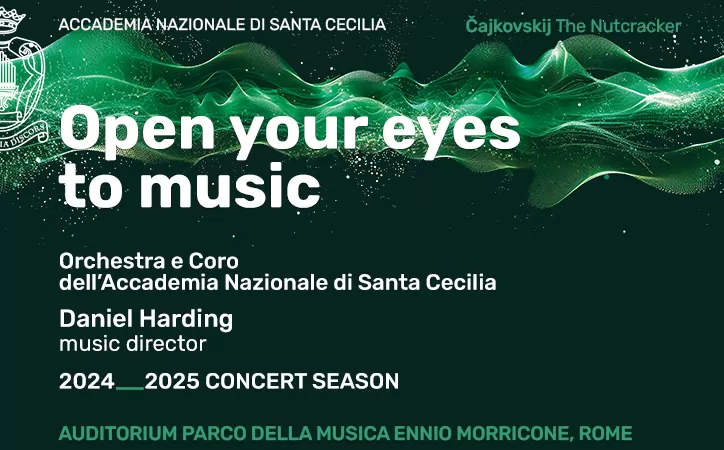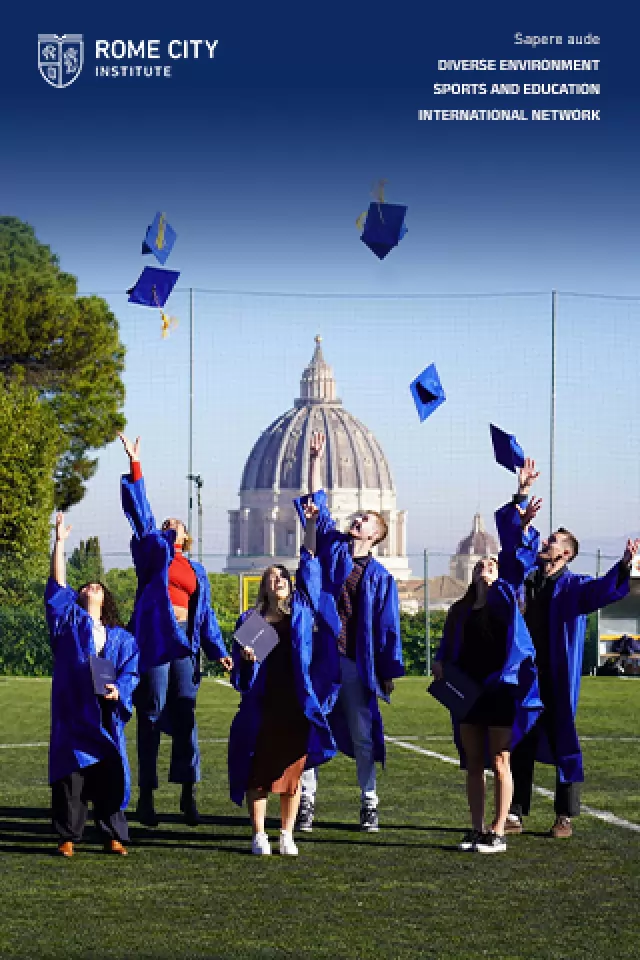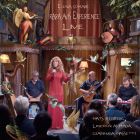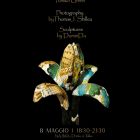Foreign Cultural Academies and Institutes.
l The Dutch Institute in Rome is staging an exhibition of work by the graphic artist M.C. Escher as part of its centenary celebrations. Escher (1898-1978) is most famous for his so-called impossible structures such as Ascending and Descending, in which the same steps appear to be leading both up and down, and his transformations such as Sky and Water I, in which a duck mutates into a fish. However, during a decade spent living in Rome and travelling throughout Italy from 1924-1934, he also produced engravings of the places he visited, including Tuscany, Sicily and Calabria. Nellocchio di Escher is at the Capitoline Museums, Piazza del Campidoglio 1, 21 Oct-23 Jan 2005.
The Institute is also staging a series of events about women in cinema under the title La Diva Dolorosa, including performances of the play Tre volte Duse by Rosamaria Rinaldi 26 Oct-31 Oct at the Casa delle Culture in Via S. Crisogono 45 (Trastevere). An exhibition about Dutch artists desire to experiment, entitled WonderHolland, will be on show from 22 Oct-15 Dec at Trajans Market, Via Quattro Novembre 94.
Dutch Institute in Rome, Via Omero 10-12, tel. 063269621, www.nir-roma.it.
l Also at Trajans Market is an exhibition of 40 works by German sculptor Christoph Bergmann, a student of and assistant to British artist Sir Eduardo Paolozzi, who was one of the forerunners of Pop Art, and American sculptor James Reineking. Heavily influenced by classical Greek sculpture, Bergmanns work is described as a perfect marriage of art and technique that sweeps from antiquity to modernity. The exhibition has been organised by the Goethe Institut and runs 18 Oct-12 Dec.
Goethe Institut, Via Savoia 15, tel. 068440051, www.goethe.de/roma.
l The Istituto Italo-Latino Americanos (IILA) celebration of Nobel Prize-winning Chilean writer Pablo Neruda, 100 years after his birth, comes to a close on 26 Oct with the screening of the documentary Pablo (18.30). This will be followed by a concert entitled Chiles Mood featuring music from the film of the same name (19.00). Neruda, considered one of the greatest poets of the 20th century, was also a diplomat and political activist whose remarkable life included exile, three marriages and friendships with Garcia Lorca and Pablo Picasso. He lived for a while in Italy and was dubbed the Peoples Poet for his focus on the struggle for social justice.
IILA also has an entry in this years Venice Architecture Biennale, which runs 9 Sept-5 Nov. Tropical Identity focuses on the issues of environment, territory and tradition, and features the Canadian-born Frank O. Gehrys design for the Museum of Biodiversity in Panama. Also known as the Bridge of Life building, the museum is scheduled for completion in early 2006 and will present the diversity and complexity of life on earth. Gehry, perhaps best known as the architect behind the Guggenheim museum in Bilbao, represents the variety of nature through the chaotic use of colourful, irregularly-shaped forms. For more information see www.iila.org, www.labiennale.org/it/architettura.
Istituto Italo-Latino Americano, Piazza Benedetto Cairoli 3, tel. 0668492246, www.iila.org.
l The British Council has chosen Peter Cook to curate a pavilion at the Biennale. Cook was one of the influential Archigram group of architects, which was founded during the 1960s and came up with ideas such as the suitaloon, a garment that converts into a dwelling. For the British pavilion in Venice he has picked nine strongly-contrasting architectural practices which he characterises as, for example, the puritan and the hedonist, or the finicky and the bombastic. The architects featured include Future Systems, best known for its innovative media centre at Lords cricket ground in London; John Pawson, whose clients range from Calvin Klein to an order of Cistercian monks in Bohemia; and Ron Arad, designer of the Belgos chain of restaurants. For more information see www.britishcouncil.org/italy, www.labiennale.org/it/architettura.
Crime writer David Peace, who as a boy growing up near Wakefield in the 1970s was profoundly affected by the murders of the Yorkshire Ripper, will be reading from and discussing his work at the British Council on 17 Nov. His Ripper-inspired Red Riding quartet deals with the dark side of life in Yorkshire and has been translated into four languages, including Italian. For information tel. 0647814206.
The British Council is also promoting an exhibition in Naples of works by artist Damien Hirst, best known for displaying dead animals preserved in formaldehyde, such as a shark and a cow sliced in half. The exhibition, entitled The Agony and Ecstasy: Selected Works from 1989 to 2004, runs from 30 Oct-31 Jan 2005 at the Museo Archeologico di Napoli, and covers all the main stages of the artists career. For more information tel. 0639967050.
British Council, Via delle Quattro Fontane 20, tel. 06478141, www.britishcouncil.it.
l Temps dImages is an evening devoted to dance in film staged by the French Academy at Villa Medici on 3 Nov as part of the Romaeuropa Festival. Solo, the first of three shorts to be screened, is a collaboration between filmmaker Thierry Knauf and choreographer Michel Noiret, who is also the star. Noiret dances to Tiekreis, a score for clarinet and piano by electronic composer Karlheinz Stockhausen, shot by Knauf in simple light and shade. Solo is followed by Vers Mathilde, directed by Claire Denis and danced by Mathilde Monnier, and Piano di rotta, directed by Jocelyn Cammack and danced by Emio Greco. For information see www.romaeuropa.net.
Villa Medici will also host the play Vita Mia, a theatrical vigil that examines the preciousness of life and the futility of trying to cheat death. Written and directed by actress Emma Dante, Vita Mia will be performed with the Compagnia Sud Costa Occidentale 27 Oct-31 Oct. For information see www.romaeuropa.net.
French Academy, Villa Medici, Viale Trinita dei Monti 1, tel. 066761291, www.villamedici.it.
l Day for night is the term for a cinematic trick invented in the United States in the 1950s to create a nocturnal effect during the day, using filters. The pictures obtained using this technique are not completely natural; blue, for example, appears too blue, and the whole atmosphere is pleasantly artificial. The most recent works by Polish artist Robert Maciejuk display a similar effect, and are on display in an exhibition of his work entitled Day for night at the Polish Institute from 30 Sept-12 Nov.
Polish Institute in Rome, Via V. Colonna 1, tel. 0636000723, www.istitutopolacco.it.


















